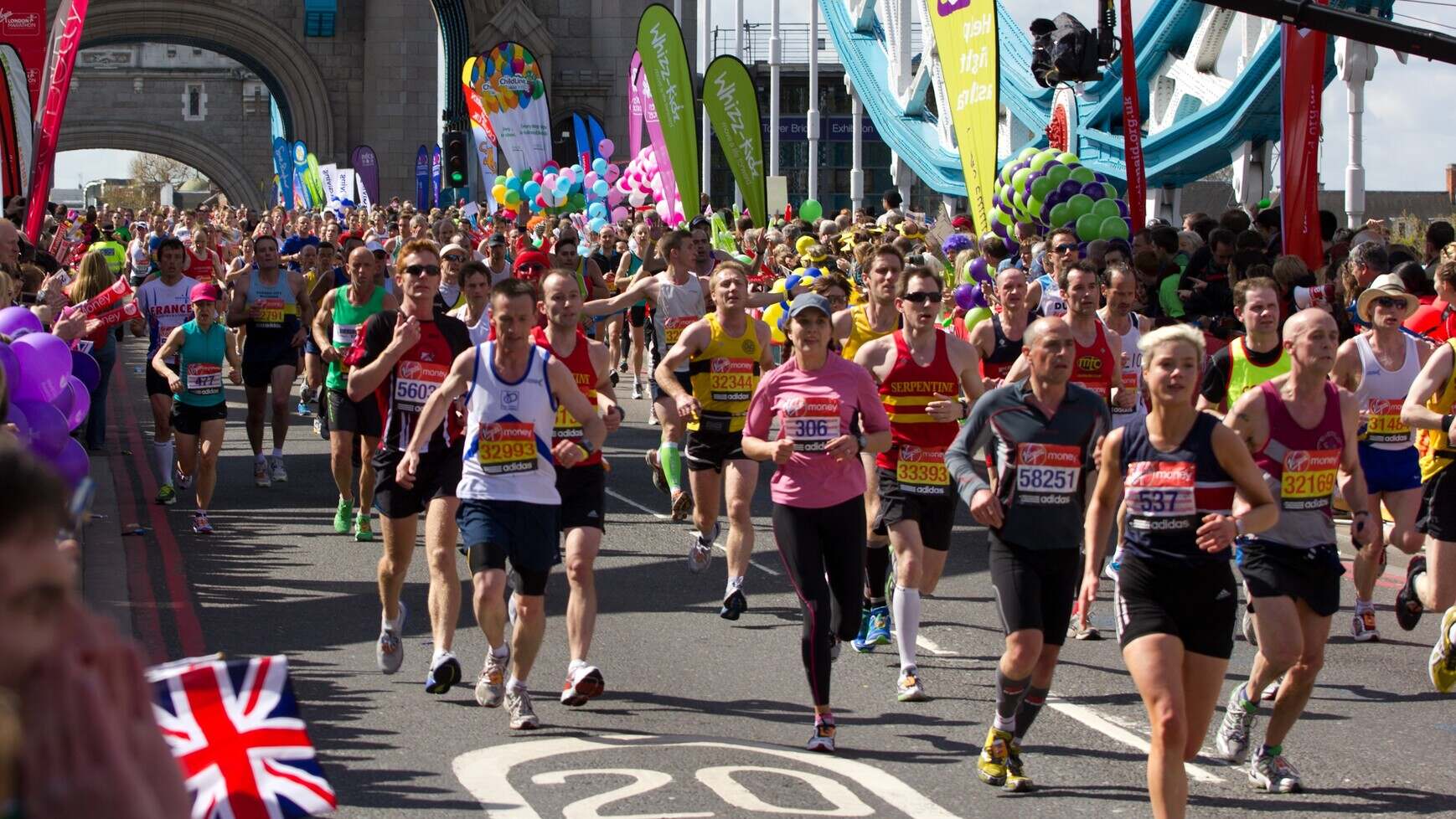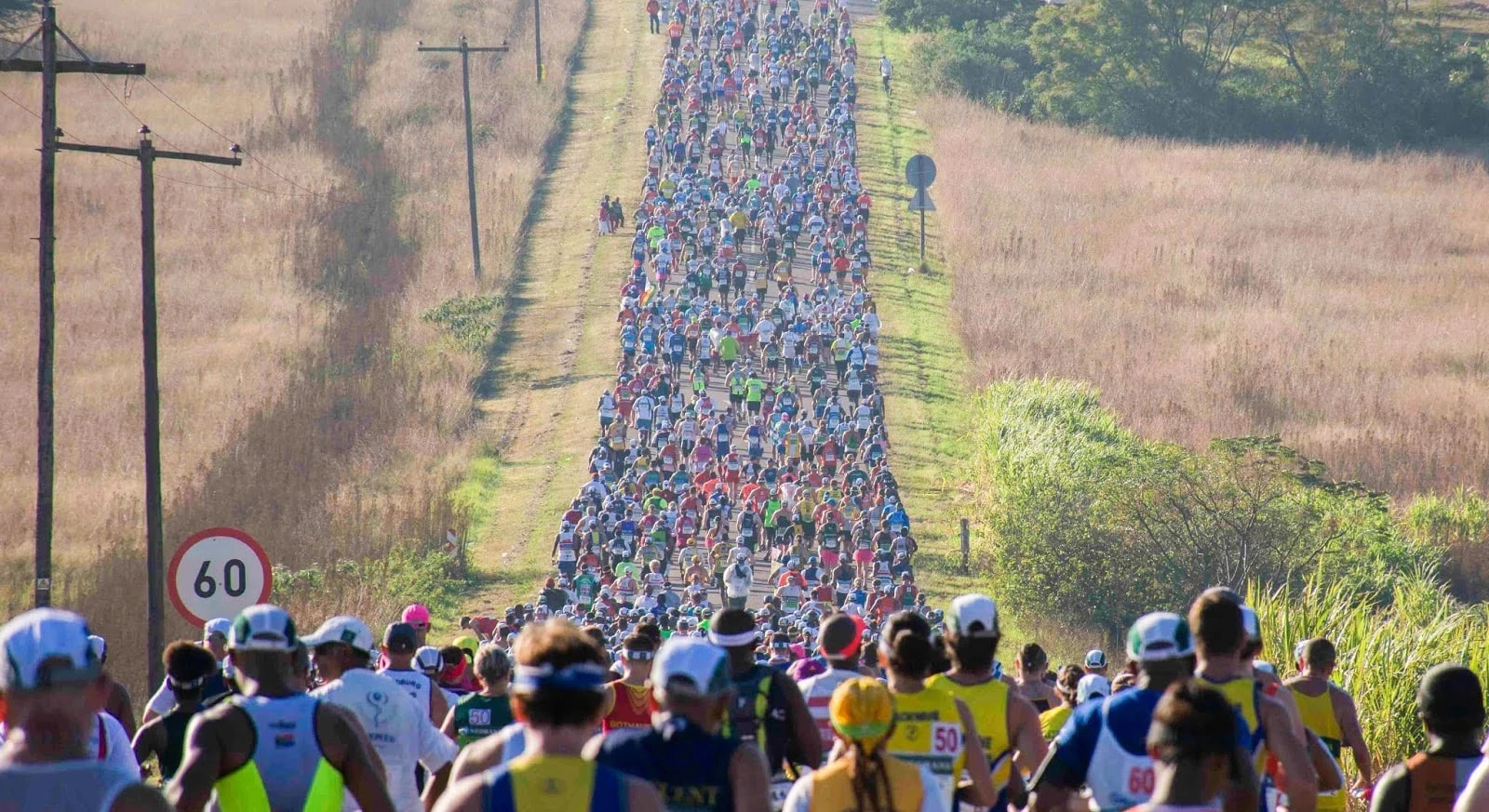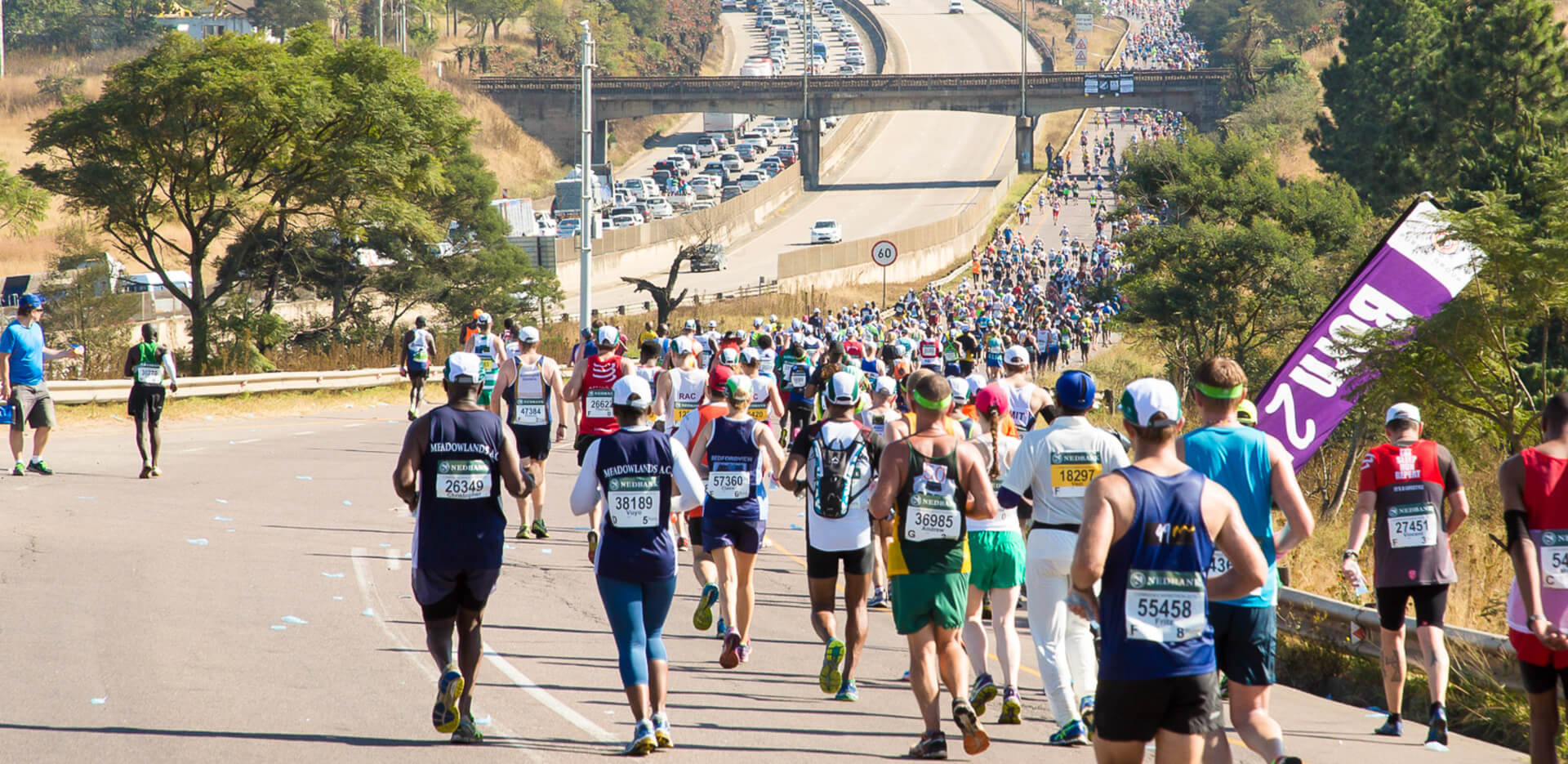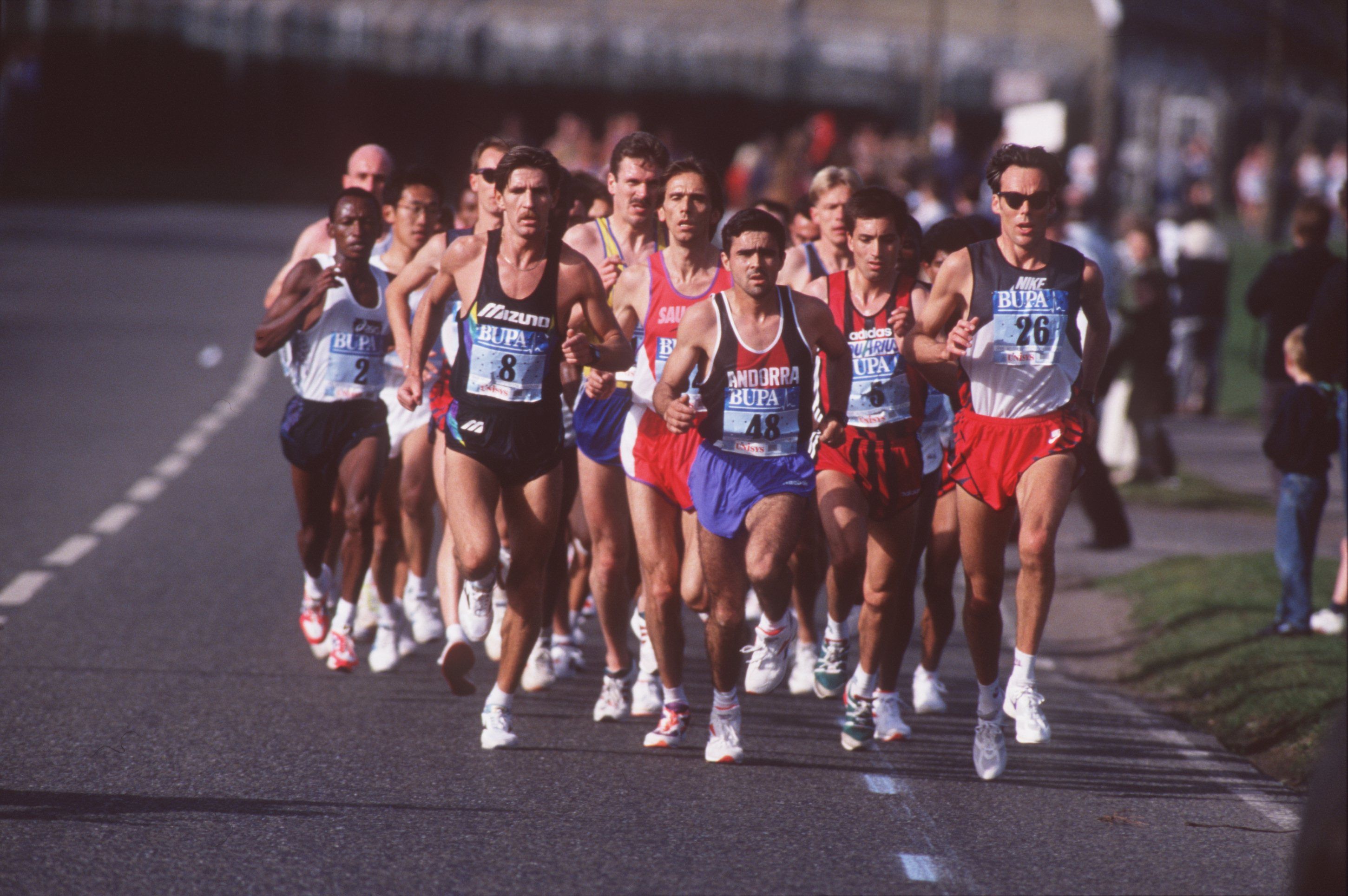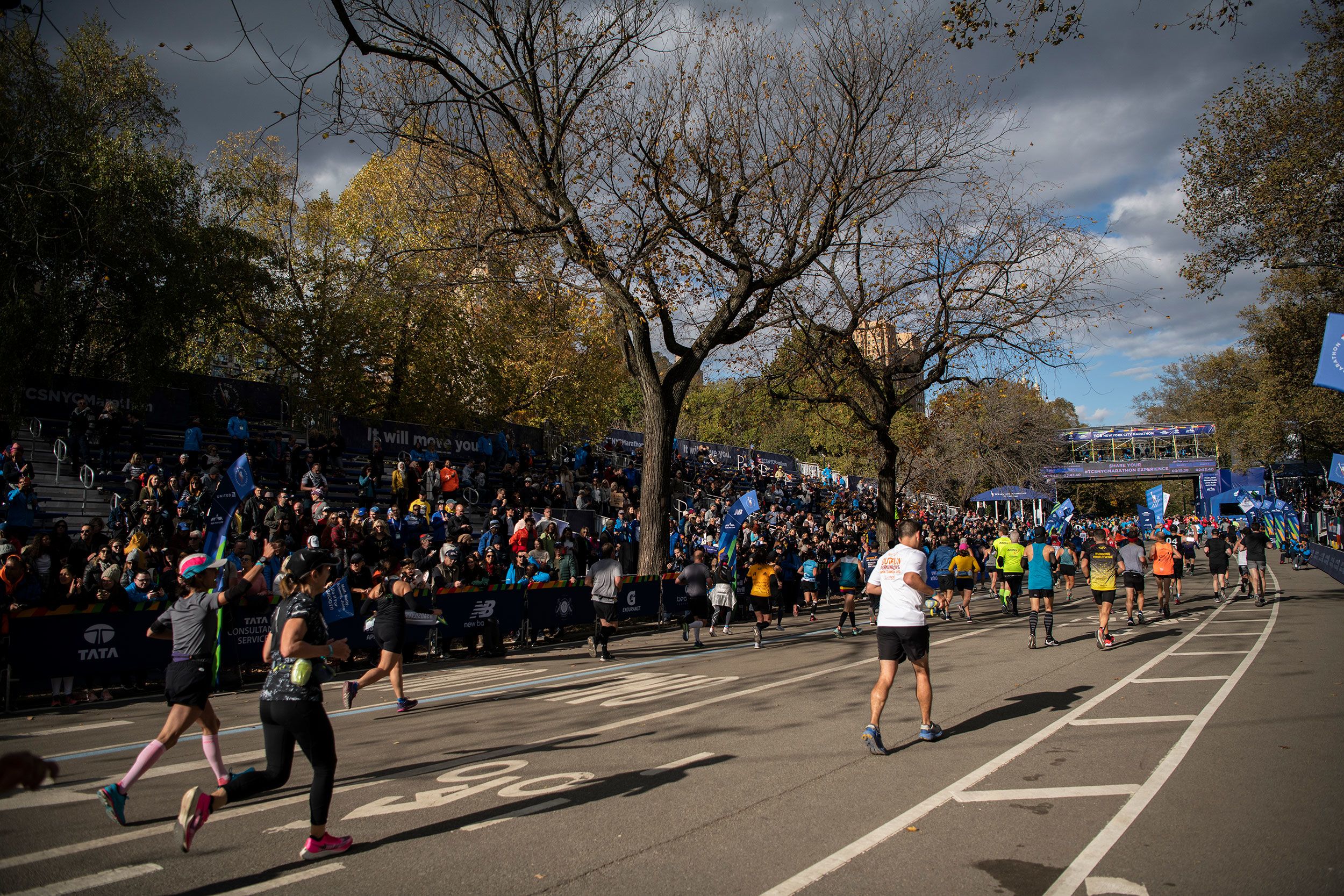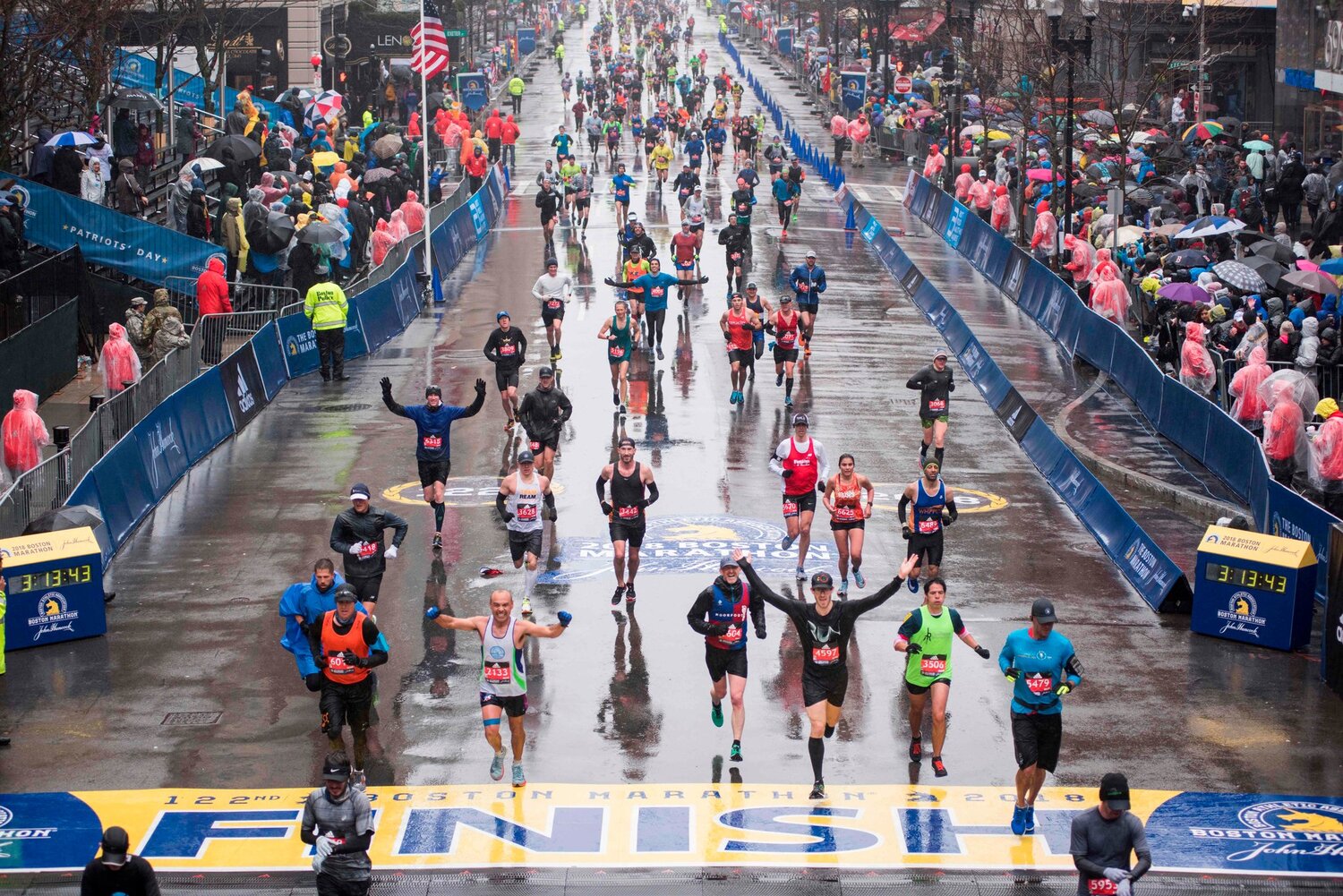Home>Misc>Featured>How Long Does It Take To Run .26 Miles At 9:00 Pace


Featured
How Long Does It Take To Run .26 Miles At 9:00 Pace
Published: October 5, 2023
"Discover the answer to how long it takes to run .26 miles at a 9:00 pace in this featured article. Get the information you need to improve your running performance."
Introduction
Running is a popular form of physical exercise that offers numerous health benefits. Whether you’re a seasoned runner or just starting your fitness journey, understanding your running pace and how it influences your performance is crucial. One common question that arises among runners is how long it takes to run a set distance at a specific pace.
Pace refers to the speed at which you run, typically measured in minutes per mile or kilometers. It gives runners a clear indication of how fast or slow they are running. While pace may vary from person to person, it plays a significant role in determining the time it takes to complete a specific distance.
In this article, we will explore how to calculate the time it takes to run 0.26 miles at a 9:00 pace. We’ll break down the steps involved and discuss the factors that can influence your overall time. So whether you’re a beginner or an experienced runner, understanding these calculations can help you set goals, track your progress, and plan your training accordingly.
Understanding Pace
Pace is a fundamental concept in running that refers to the speed at which you cover a certain distance. It is typically measured in minutes per mile or minutes per kilometer. The lower the number of minutes, the faster your pace. Having a clear understanding of your running pace is essential for setting goals, tracking progress, and designing effective training plans.
When it comes to pace, it’s important to note that everyone has their own unique speed. What might be considered a slow pace for one person could be a fast pace for another. Paces can vary depending on factors such as fitness level, age, experience, and terrain. Therefore, it’s essential to determine a pace that is comfortable and sustainable for you.
One common way of expressing pace is through what is called “minute per mile” or “minute per kilometer.” For example, a pace of 9:00 means it takes nine minutes to cover one mile or kilometer. A faster pace would be something like 7:30, while a slower pace would be closer to 12:00. The first number refers to the minutes, and the second number refers to the seconds per mile or kilometer.
In addition to the overall pace, runners often refer to different types of pace, such as easy pace, tempo pace, and interval pace. These different paces serve various training purposes and help runners improve different aspects of their performance.
Understanding your pace is not only important for measuring your running speed but also for gauging your effort during workouts or races. By knowing your pace, you can set realistic goals and monitor your progress, whether it’s achieving a new personal record or completing a specific distance within a target time.
Calculating Time
Calculating the time it takes to run a specific distance at a given pace can be done using a simple formula. The formula involves multiplying the distance by the pace to determine the total time in minutes. Here’s how it works:
- Convert the pace to a decimal form. For instance, if the pace is 9:00, divide 9 by 60 to get 0.15.
- Multiply the distance by the decimal pace. If the distance is 0.26 miles, multiply 0.26 by 0.15 to get 0.039.
- Convert the decimal result back to minutes and seconds. In this example, multiply 0.039 by 60 to get 2.34. This means it would take approximately 2 minutes and 34 seconds to run 0.26 miles at a 9:00 pace.
It’s important to note that this calculation provides an estimate and may not account for other factors such as terrain, weather conditions, or individual fitness levels. Nonetheless, it serves as a useful tool for goal setting and planning your runs or races.
You can also use online pace calculators or running apps that allow you to input your pace and distance to determine the estimated time. These tools can be convenient and provide accurate calculations that consider various factors affecting pace.
With the ability to calculate the time it takes to run a specific distance at a given pace, you can better plan your training schedule, set realistic goals, and monitor your progress over time.
Example Calculation
Let’s break down an example calculation to illustrate how to determine the time it takes to run 0.26 miles at a 9:00 pace. Follow these steps:
- Convert the pace to a decimal form: 9 minutes divided by 60 equals 0.15.
- Multiply the distance by the decimal pace: 0.26 miles multiplied by 0.15 equals 0.039.
- Convert the decimal result back to minutes and seconds: 0.039 multiplied by 60 equals 2.34. This means it would take approximately 2 minutes and 34 seconds to run 0.26 miles at a 9:00 pace.
By following this calculation, you can estimate the time it would take you to run any given distance at a specific pace. Remember, this is just an approximation and can be influenced by various factors such as terrain, weather conditions, and individual fitness level.
Using this example, you can see that at a 9:00 pace, you would cover 0.26 miles in approximately 2 minutes and 34 seconds. This information can be useful for setting goals, planning your training sessions, or even during races to ensure you maintain your desired pace.
It’s important to note that these calculations may vary from individual to individual. Some runners may be faster or slower, and factors such as age, fitness level, and terrain can influence running performance. However, the example calculation provides a general framework that you can use as a starting point for estimating your running time.
Factors Affecting Time
While calculating the time it takes to run a specific distance at a given pace provides a general estimate, it’s important to consider various factors that can influence your actual running time. These factors can impact your performance and can contribute to variations in your pace. Here are some key factors to keep in mind:
- Terrain: Running on different terrains, such as flat pavement, hilly trails, or uneven surfaces, can affect your pace. Running uphill may slow you down, while running downhill may speed you up.
- Weather conditions: Running in extreme weather conditions, such as high heat, humidity, strong winds, or cold temperatures, can impact your pace and overall performance.
- Fitness level: Your current fitness level plays a significant role in your running pace. As your fitness improves, you may be able to maintain a faster pace over longer distances.
- Training regimen: The type and intensity of your training can influence your pace. Regular training with a focus on speed work, endurance, and strength can help improve your overall running performance.
- Rest and recovery: Proper rest and recovery are crucial for optimal performance. Overtraining or lack of adequate rest can negatively impact your pace and overall running time.
- Mental and emotional state: Your mental and emotional state can affect your running performance. Factors such as stress, anxiety, or lack of motivation can impact your pace and overall running time.
It’s important to be aware of these factors and take them into account when assessing your running time. Additionally, remember that each individual is unique, and these factors may affect each person differently.
By understanding the factors that can influence your running time, you can make adjustments to your training, set more realistic goals, and develop a better understanding of your own running capabilities.
Conclusion
Calculating the time it takes to run a specific distance at a given pace can provide valuable insights for runners of all levels. Understanding your running pace allows you to set realistic goals, monitor your progress, and tailor your training accordingly.
In this article, we learned that pace is a measure of speed, typically expressed in minutes per mile or kilometer. By calculating the time it takes to run a certain distance at a specific pace, you can estimate your total running time. This calculation involves converting the pace to a decimal form, multiplying it by the distance, and converting the decimal result back to minutes and seconds.
However, it’s important to remember that several factors can influence your actual running time. Terrain, weather conditions, fitness level, training regimen, rest and recovery, and mental/emotional state all play a role in determining your pace. These factors should be considered when assessing your running time and setting goals.
By understanding your pace and the factors that affect your running time, you can make informed decisions about your training, adjust your pace as needed, and improve your overall performance. Whether you’re training for a race, aiming to achieve a personal record, or simply enjoying the benefits of running, knowing your pace can guide you towards success.
So, lace up your running shoes, determine your pace, and start conquering those distances with confidence and purpose. Happy running!
